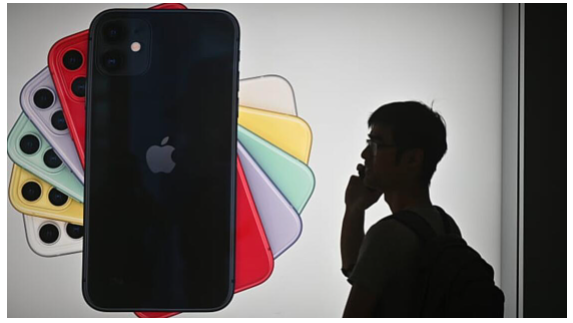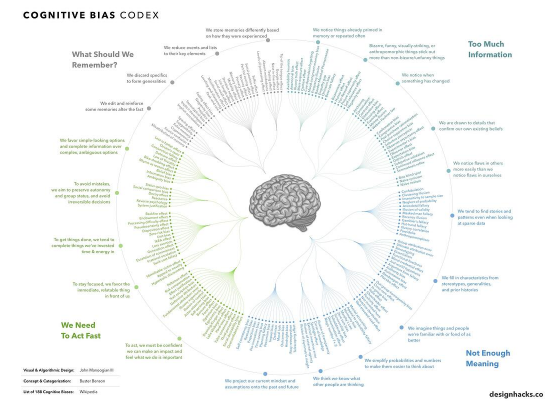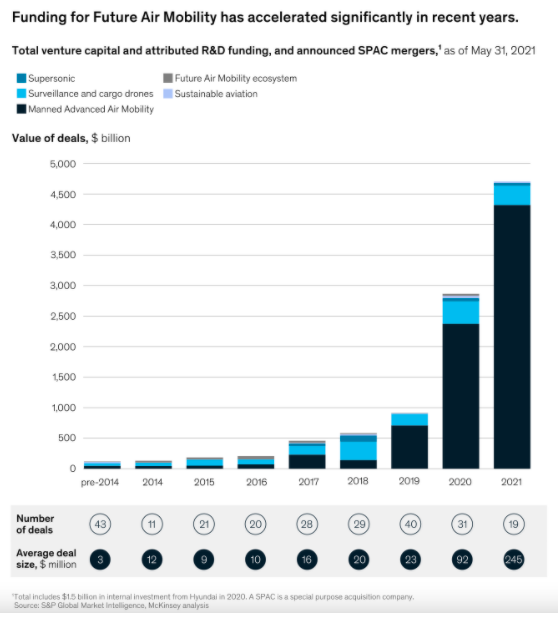
For some time, I’ve been looking for one “source” that curates modern takes on HR Tech, perspectives from the people who build it, and its impact on enterprise — something that’s tailor-made by professionals for decision-makers.
I never found it — so I decided to build it.
Every week, I’ll be sharing fresh insights on tech platforms, design, data, and the future of work — straight to your inbox.
My Thoughts
According to recent data from Github, full-time developers are disappearing and freelancers are on the rise. A significant number of workers across all industries transitioned to freelance over the course of the pandemic, citing a better work-life balance and higher feelings of fulfillment. But this article got me thinking about a different perspective of the freelance movement: its long-term sustainability.
In the US, where the least expensive health insurance options come from employee-sponsored programs, being self-employed can mean astronomical costs for care. In 2019, only 24% of freelancers reported self-purchasing their own health insurance, with the majority relying on Medicaid, Medicare, or their spouse’s plan. The reason behind this likely has to do with the higher costs of individual health insurance plans — a wildly unfair disparity those who are self-employed face. As we continue with the Great Resignation and transition to freelance work, we need to make health insurance more accessible to those who have the courage to strike out on their own.
Market Moves
Chekr, a technology platform that performs background checks for employers, raised $250 million dollars and acquired a handful of new investors in its latest fundraising round. 📈💸 The company is now valued at $4.6 billion and became profitable for the first time this year. The company’s CEO, Daniel Yanisse, hinted that an IPO may be in the near future, but did not go into detail.
Enterprise software company 🖥️ Databricks reached a new valuation of $38 billion following a Series H fundraising round that raised $1.6 trillion last week. The company reports that it is achieving 75% growth in revenue year over year, with profits anticipated to soar past $1 billion in 2022. Databricks says it intends to use this funding to continue development of Data Lakehouse, a project to help organizations transform their data into high-quality resources to further machine learning goals.
Tech Innovation at Work
It is the end of an era for most consumers — Mastercard has announced plans to remove the magnetic stripe from their credit cards beginning in 2027. The iconic act of swiping a card has embedded itself into pop culture as a symbol of aspirational wealth, but its lack of security and the invention of the EMV chip is officially leading to its downfall. 😢
Whereas many predicted that the pandemic would be the fall of brick and mortar, Nike has taken in-person shopping to the next level with their new Rise store in Seoul, South Korea. 👟 The 24,000 square foot space is stuffed with the latest interactive tech capable of providing personalized, data-driven experiences for consumers. 😲 In addition to finding the perfect pair of new shoes with the help of interactive radio-frequency identification (RFID) tables, customers can visit several experiential areas within the store. There’s the Sport Hub 🏈⚽, which connects people with local sporting events as well as The Huddle, an area where customers can, “participate in programs that cover what Nike deems as the five key facets of fitness: movement, mindset, recovery, nutrition, and sleep.” This Nike store also offers onsite repairs for Nike shoes and apparel, a facet of their recent proactive stance on sustainability. Says Daniel Heaf, VP of Nike Direct, “Ultimately, we’re looking for this new kind of integration between physical and digital, where we can blur the boundaries and consumers don’t see the channels at all. They just see the brand.”
Apple has announced that Arizona and Georgia will be the first states to allow people to add their drivers license and state IDs to their Apple Wallets. 🍎💳 The new feature was developed in partnership with the TSA and will allow users a smoother airport experience and less risk for travelers. According to the article, Connecticut, Iowa, Kentucky, Maryland, Oklahoma, and Utah will be following Arizona and Georgia at some point in the near future.

The Changing Workplace
The design portfolio, a long-held tradition where creators published their work in blogs, magazines, and on personal websites, has seen a noticeable decline in recent years. Why? 🙇There are a few hypotheses. For one, designers may simply be too busy to maintain personal websites on top of their actual workload. It’s a very reasonable conclusion that creators in the fast-paced tech sphere have chosen not to invest in keeping their portfolio constantly up to date. It’s possible that designers sign contracts forbidding them from sharing work on their own portfolios. Or, designers don’t share the work they create because the work does not feel like their own. Rather, their role requires directing the flow of pre-established brand standards rather than contributing original concepts. Whatever the reason, it seems the design portfolio will follow in the footsteps of the credit card swipe down the path of obscurity. Why does it matter? We all know the saying: great artists steal. By doing away with the portfolio, up and coming designers are losing direct channels of inspiration necessary to creating their own, unique voice.
Harvard Business Review says it’s time to re-onboard your entire team, no matter their tenure. With the upheaval of normal work habits and massive turnover rates, even senior members of organizations have reported feeling like new hires. 😖 In the modern workplace — especially workplaces looking to retain their senior employees — leadership plays a much more hands-on role in helping coworkers feel like members of the same team. Check out the article for strategies from Humu’s Liz Fosslein.
Lastly, I want to quickly share this phenomenal diagram from Visual Capitalist and Design Hacks. If you aren’t familiar with cognitive biases, it’s difficult to recognize the impacts they have on your decision making. This chart is a great tool for familiarizing yourself with all the unconscious ways our brain influences our choices.

All About Data
Interest in Future Air Mobility (FAM) is taking off. 🛫 In the past five years, funding has skyrocketed to more than $10.3 billion, supporting R&D in supersonic technology, surveillance & cargo drones, sustainable aviation, and a handful of more nuanced areas of air mobility. Of these, the field garnering more that 80% of the $10 billion in funds is manned advanced air mobility (MAAN). More plainly, MAAN technology focuses on air transportation methods that are more sustainable and practical than modern air travel. Like many Green Champions I covered in last week’s newsletter, the surge in funding has a lot to do with the growing need to reverse climate change.

Click here to subscribe to Exit Interview, a weekly email about tech platforms, design, data, and the future of work — straight to your inbox.

